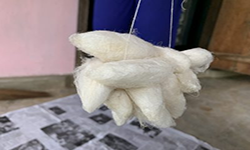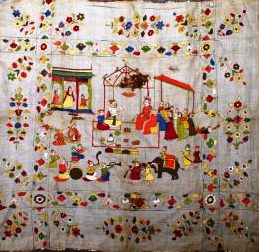
Advocacy, Craftspersons/ Artisanal, Employment/ Livelihood, Entrepreneurship, Business Devt.
The Conscious Silk of Northeast India – Wild Eri
Pandey, Juhi
Issue #10, 2023 ISSN: 2581- 9410
The Northeast of India is that part of India which is probably the country’s best kept secret or most precious region and hence not brought out into the mainstream conversations often. With its strong community culture and rich biodiversity, the communities in this region have a way of living where nature and all its bounty are integral to their identity and spiritual existence.
Being a community with its dependency on nature, the textile art and craft of this region uses all of what the ecosystem can provide. With 220 ethnic tribes across the North East and 65% of the land being covered by forest, the bio-diversity of this entire Northeastern belt is rich with their own unique plant and animal species.
For generations the regions way of life has used everything from bast fibres like hemp and nettle, to plant fibres like pineapple, cane and bamboo, and silk from the animal fibre variety for their clothing as well as other daily needs.
There are 3 main varieties of wild silk, the tussar, muga and eri silk that exist in India. Of which, the muga and eri silk find their primary home in the Northeast region, especially the Assam, Meghalaya and Nagaland belt.
Amongst this, the eri silkworm (philosamia ricini) is the most commonly found species.



